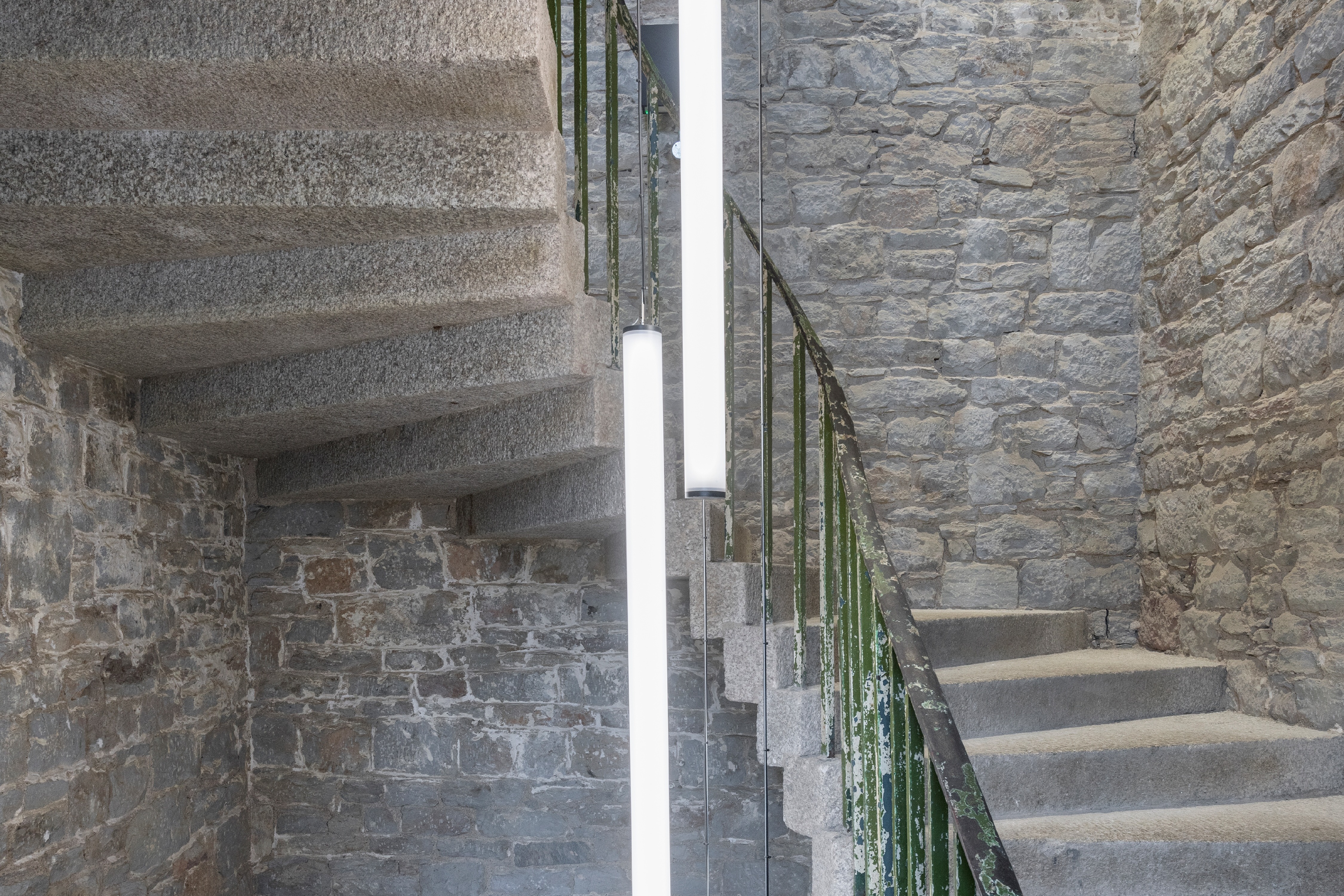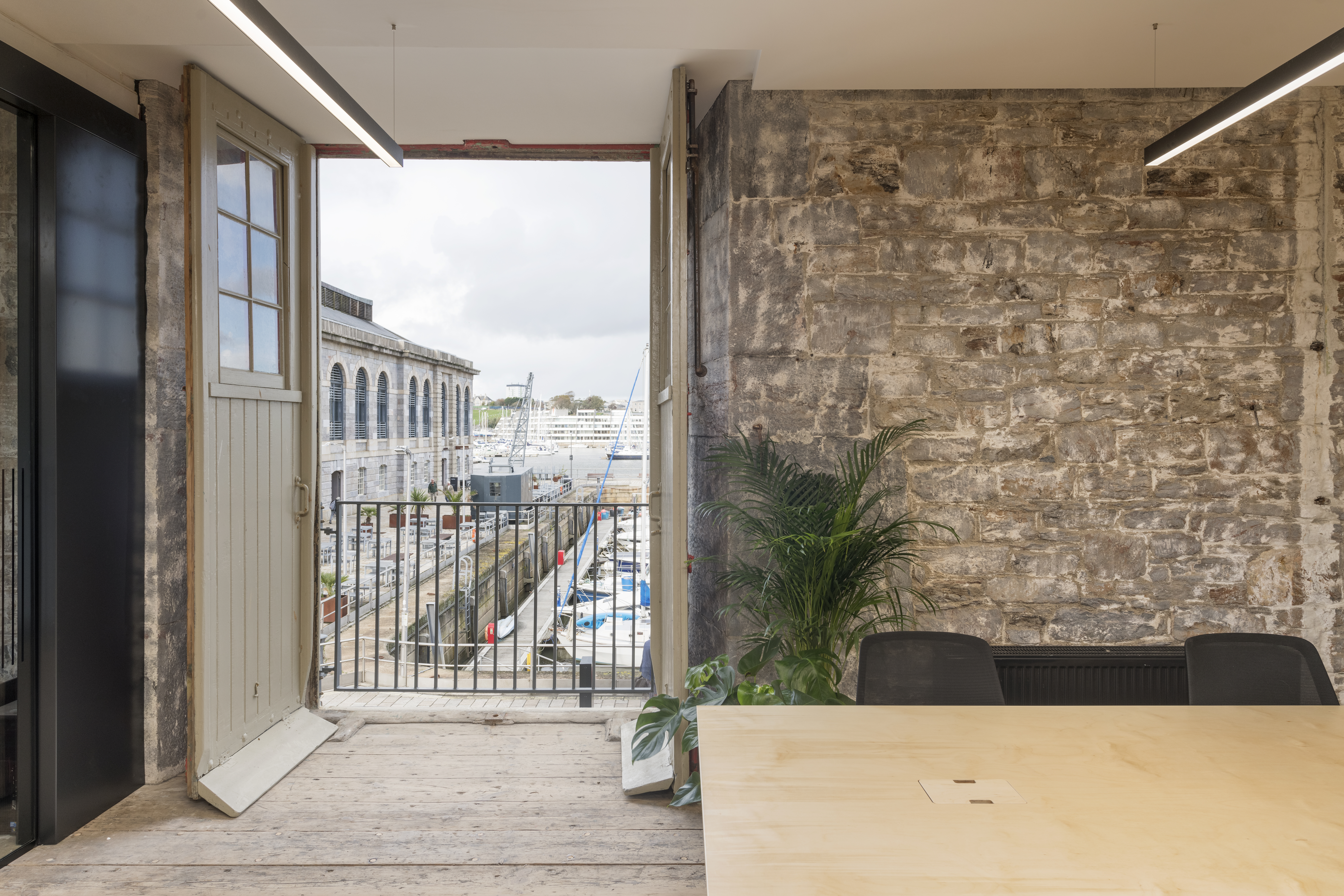Workplace lighting has to achieve more objectives than perhaps lighting in any other environment. Not only must it provide illumination on all surfaces to meet the workplace legislation, such as Workplace Regulations 1992, it needs to be comfortable, contribute to the interior design of the office as well as any brand aspirations. The guide also acknowledges the importance of lighting to ensure health and wellbeing of the occupants, and refers to WELL Standard as a benchmark for building design in the UK.
The guide stresses the importance of well designed lighting. Visual comfort of the users and its long term impact on the occupants are not to be compromised in an effort to reduce energy consumption. Well designed lighting installation and controls could have a greater influence on energy consumption.
The design may either be for a known user or a speculative developer. It may be a new build or a refurbishment. In the design brief for a known user, the needs of the user in relation to the physical constraints should be considered. Designer should understand how the office will be used. Once this is understood, the the correct task illuminance should be selected. In addition to task lighting, feature lighting needs to be considered. The need for emergency lighting has to be assessed ( for more information, check SLL Lighting Guide 12: Emergency Lighting 2022).
For speculative developments, the use of the space is unknown and it is a common practice to provide a ‘blanket coverage’ It recognises that working with known occupiers and understanding the type interior décor for the surface reflectance is easier in terms of preliminary lighting calculations.
Control of lighting is an equally important part of the design process and in some complex building, it may be necessary to bring a specialist designer to the team.




-32.jpg)
-4-1.jpg)